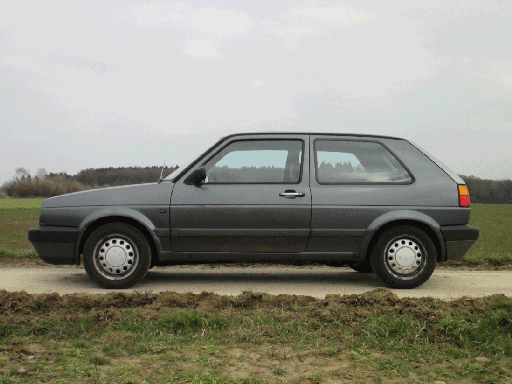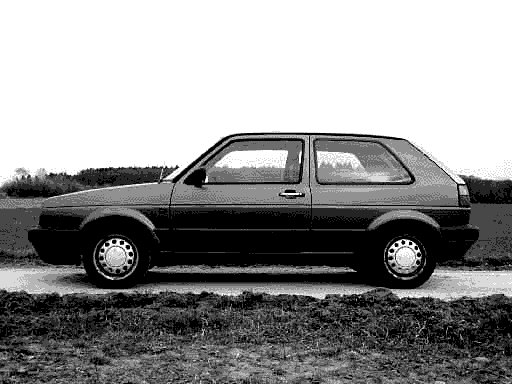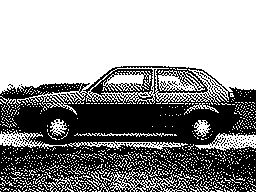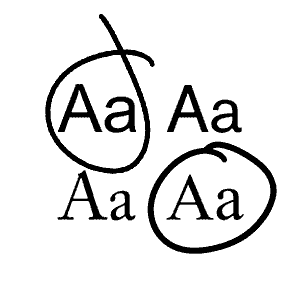
Every website emits CO2. Some sites even have the same environmental impact as a plastic bag [1]. In the last 10 years, the average size of a mobile website has increased sixfold to 2,011 kilobytes [2] – more content than three Harry Potter books combined [3].
In an effort to counteract the consumerist status-quo of the World Wide Web, and lower the barriers to creating more sustainable websites, here are some Resources for a Resource-Saving Internet.
This is a derivative of korayer's original RE;FERI. For more information, check out this project's readme.
With small modifications, this grid system can also be used to design posters, which can be exported to a PDF using the print function of major web browsers.
Download template.zip (3 KB)


